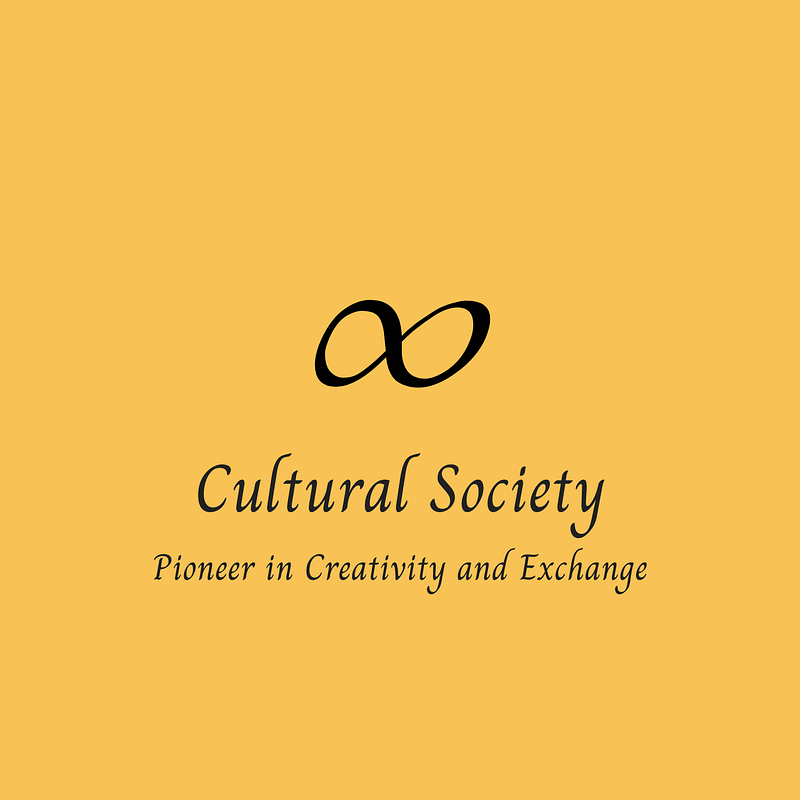How Asian American Connections (AAC) initiative has evolved over the last four years
The Asian American Connections initiative at the Cultural Society was founded in March 2020. When we first started the initiative, we thought we were just going to help our community by connecting people with resources. As the pandemic wore on, it altered our lives in a profound way. It has exposed social inequities in many areas of our lives.
In the summer of 2020, many protests and marches about the murder of George Floyod marked a turning point in our initiative as well. We took notice of these protests and empathized with Black Americans who had suffered the pain of injustice under police brutalities and the use of excessive force.
Another turning point that marked a watershed moment at the Cultural Society was the mass shooting in Atlanta, Georgia, where six out of the eight victims were Asian American women. This incident sparked many conversations in the Asian American communities from coast to coast. Many of the news media, such as the New York Times, didn’t quite know what to put for a headline for a news article like this. They quickly took the perpetrator’s statement as substantial content for their news article:
“The suspect told the police that he had a “sexual addiction” and had carried out the shootings at the massage parlors to eliminate his “temptation,” the authorities said on Wednesday. He also said that he had frequented massage parlors in the past and launched the attacks as a form of vengeance. All but one of the victims were women, the police said.”
~New York Times article~
Many television channels also didn’t know how to grapple with such a massive murder of primarily Asian victims; soon, the words “sexual addiction” and “temptation” were part of the sound bits in the evening news. The general American categorized this massive murder as a “sex crime” for the first evening. Fortunately, Asian American activist groups, such as Asian American Advancing Justice (AACJ), demanded a further investigation and refused to take the media simplification that this was just a sex crime. United Chinese Americans (UCA), a national nonprofit and nonpartisan federation and civic movement organization, held vigil and prayers for these victims right away and knew that this was a hate crime targeting Asian Americans, especially Asian American women. Many news outlet revised their content and classified it as a “hate crime” after a few days of investigation.
The debate over this matter exemplified another hidden side of Americans’ view of Asian American women. Americans often hyper-sexualized and viewed Asian women as “exotic”. For instance, take the incident of Afong Moy, who was the first Asian woman to come to the United States in 1834. She came on the vessel owned by two U.S.-China traders, Nathaniel and Frederick Carne, who were brothers. Their ship transported new Chinese goods, such as shawls, walking canes, fans and baskets…etc., aimed at the American middle class. In their ship, there was also the nineteen-year-old Afong Moy, advertised as a “beautiful Chinese lady” with bound feet, whom the Carnes brothers hoped would attract buyers for their wares. (p.31, The Making of Asia America). The Carnes brothers secured an exhibit space and placed Moy in a re-created “Chinese Saloon” with paper lanterns, gold and red satin drapes, Chinese furniture, and paintings and sold tickets to viewers who wanted to see the exotic traveler from the Far East.
The American psyche is not free from its history; even though the historical incident and appearance of Afong Moy happened a long time ago, it is still with us today, as evidenced by the news media’s grappling with how to frame the mass murders in Atlanta, Georgia on March 16, 2021.
Cultural Society’s initiative Asian American Connections seized this watershed moment in our times as an opportunity to deliver some useful solutions to better the greater humanities and to shed light on a complex problem in our society. While the Cultural Society is not a national organization, we only have the resources to make a change in the local community. We use this moment to unite the people of Asian and Pacific Islander descent as an AAPI Community in Rhode Island.
The rise of the “Uniting AAPI Community for Change” mural
the Founder of the Cultural Society approached many Asian American nonprofit organizations and people of Asian American & Pacific Islander descent for their ideas of a design that represents the people of the AAPI community in Rhode Island for what was originally meant to be a mural on Washington Park Library’s outside wall. (Later, we found out that the City of Providence prohibits painting the outside wall of Washington Park Library because it’s made of historic bricks. Therefore, we quickly decided to paint over a durable material with the same design to cover the outside wall instead.) Nevertheless, each piece of the elements in the art resonates with the majority culture of the people of AAPI descent. This piece is meant to unite the AAPI community’s voices against systemic racism and strengthen and increase the presence of the people of Asian American and Pacific Islander descent and recognize their contribution to the State’s economy and Rhode Island.
Inception of this art design has given us an impetus for a vision for an AAPI history museum with a culture center.
The Founder of the Cultural Society put together a letter of inquiry and, later, an application to the RI Council for the Humanities for funding to open up a museum of AAPI history. After nine weeks of intense examination and reading the scrupulous answers to each of the grant’s application questions, the grant committee approved our grant application and the Cultural Society got funding for this exploratory grant of $5,000 for this history museum.
As of the present, we have hired an amazing college senior from RISD and a Brown Fellow from the SPRING-iProv partnership of Brown University to head up this project starting this summer of 2023.
The Preliminary Research has concluded and a Prototype of this Museum is Completed
This prototype depicts a possible floor plan of a scale-model of the future AAPI History Museum (brick-and-mortar version) . We will complete a mobile version of this Museum first, using the panels shown on the floor plan. The panels will be lightweight and durable and can be stored in a trailer that can be moved from place to place to set up a mobile Museum indoors (in a multi-purpose room, gymnasium, or hallway of a school or university) or outdoors (in a parking lot, playground, or any outdoor space).




The prototype is currently on a rotating display throughout different locations in Rhode Island
1/16/24 to 2/15/24 – Rochambeau Library on 708 Hope Street, Providence, RI 02906
2/16/24 to 3/10/24 – Cranston Central Public Library on 140 Sockanosset Cross Road Cranston, R.I. 02920.
3/11/24 to 4/7/24 – Two locations at Johnson & Wales University (JWU). From 3/11 to 3/21 – It will be displayed at Friedman Center Library, located at 321 Harborside Blvd., Providence, RI. From 3/22 to 4/7 – It will be displayed at Bridge for Diversity, Equity & Social Justice, located at 259 Pine Street, Providence, RI (For JWU Community to View).
4/8/24 to 4/29/24 – Mt. Pleasant Library on 315 Academy Ave, Providence, RI 02908
4/30/24 to 5/13/24 – Center for Southeast Asians on 270 Elmwood Ave., Providence, RI 02907
5/14/24 – 5/31/24 – John Brown House Museum, on 52 Power Street, Providence, RI 02906
6/1/24 – 6/30/24 – Museum of Work & Culture, on 42 S. Main St., Woonsocket, RI 02893 0289
7/1/24 – 11/8/24 – West Warwick Public Library, on 1043 Main Street, West Warwick, RI 02893
If your organization is interested in hosting this prototype, please contact our director at [email protected] *We just ask that your Organization is a well-traffic public space where people can walk in during your operating hours to view this prototype.
The Prototype is funded by a grant from the following organizations.



